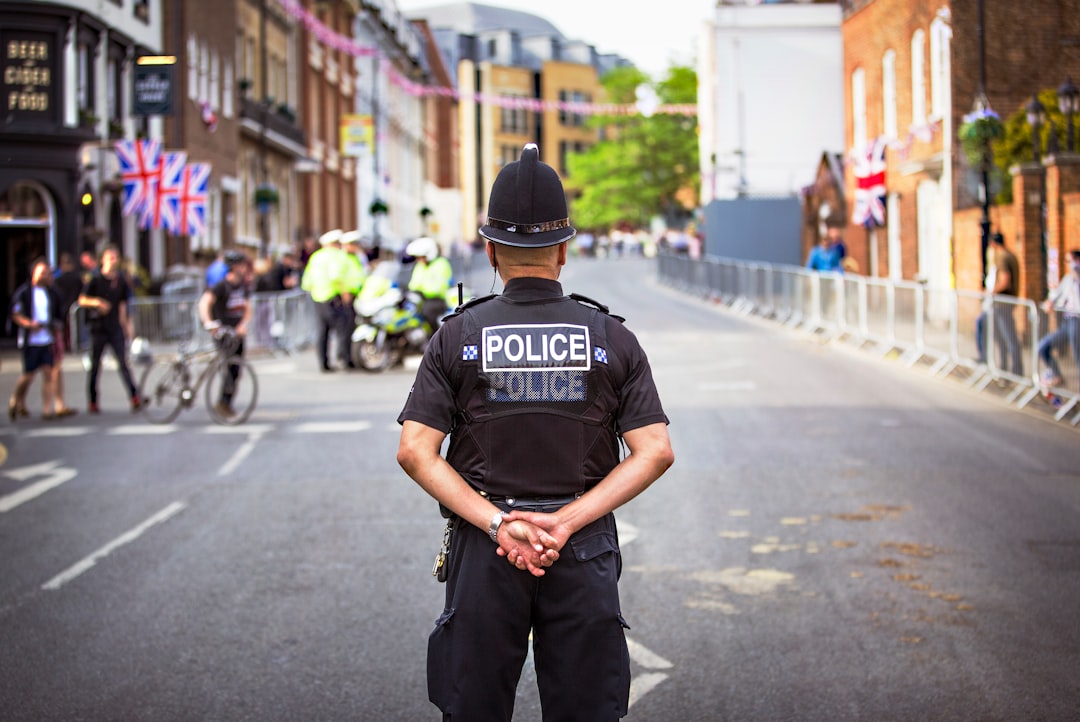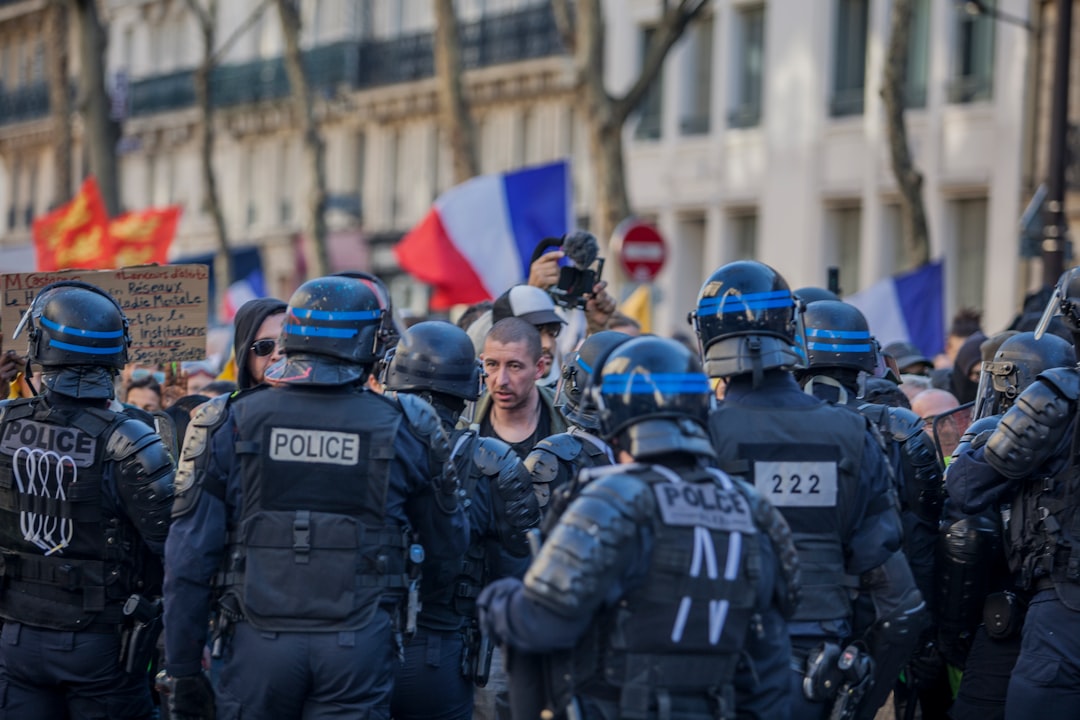This week Britain’s new Prime Minister Boris Johnson announced plans to recruit twenty thousand new police officers in just three years. With Britain facing a 90% increase in knife crime rates since 2014, efforts to make our streets safer are more important than ever. While globally AI is playing a role in preventing and solving crime, its use in law enforcement raises important ethical questions which cannot be ignored. Can AI be used responsibly to make our streets safer?
Predictive and Pre-emptive Algorithms
In 2018, West Midlands Police were selected to be at the forefront of a home office project called National Data Analytics Solution (NDAS). Machine learning was used to analyse police records to identify both potential criminals and those who were vulnerable to becoming victims of crime. The purpose of this project was to offer pre-emptive counselling and protective measures. However, The Police Ethics Committee has expressed concerns over whether this type of technology has a place in law enforcement agencies due to issues surrounding privacy and bias.

Facial Recognition
In China’s Law Enforcement agencies, facial recognition software has been utilised to track down criminals in crowded areas. Facial recognition, like the increasingly controversial ‘Face App’,can also help to find missing persons: in June 2019 in China, police were able to locate four children who had been missing for ten years using this type of technology. Could this be what police need for a breakthrough in long term missing persons cases?

AI Assistants for Victims of Crime
Chatbots can be utilised to offer help and legal advice to survivors of violent crime. In Thailand a UN backed project is using a chatbot called ‘Sis Bot’ to support women who are survivors of sexual violence. It offers users information on how to report incidents to the police, how to preserve evidence and on further available support such as shelters and counseling services. This provides an aid to police investigations by ensuring that important evidence is not destroyed: helping to bring criminals to justice.
Machine Learning for Clue Recognition
At the University of Leon in Spain, computer scientists have been working with the Spanish National Cybersecurity Institute to develop a tool which is able to recognise objects from a crime scene and draw links to other scenes on its database. With such a large number of objects at any one crime scene, this tool could spot details missed by the human eye and open up important lines of inquiry.

If you’d like to know more about how AI can be used for social good and in a responsible way check out our AI for Good Summit, taking place in Seattle next year and Responsible AI Summit, taking place this October in Montreal.

Learn more about how AI is being applied in law enforcement here:
"AI in Law Enforcement is growing, but needs work"
"Google Continues Investment in Military and Police AI Technology"
"German authorities turn to AI to combat Child Pornography Online"
